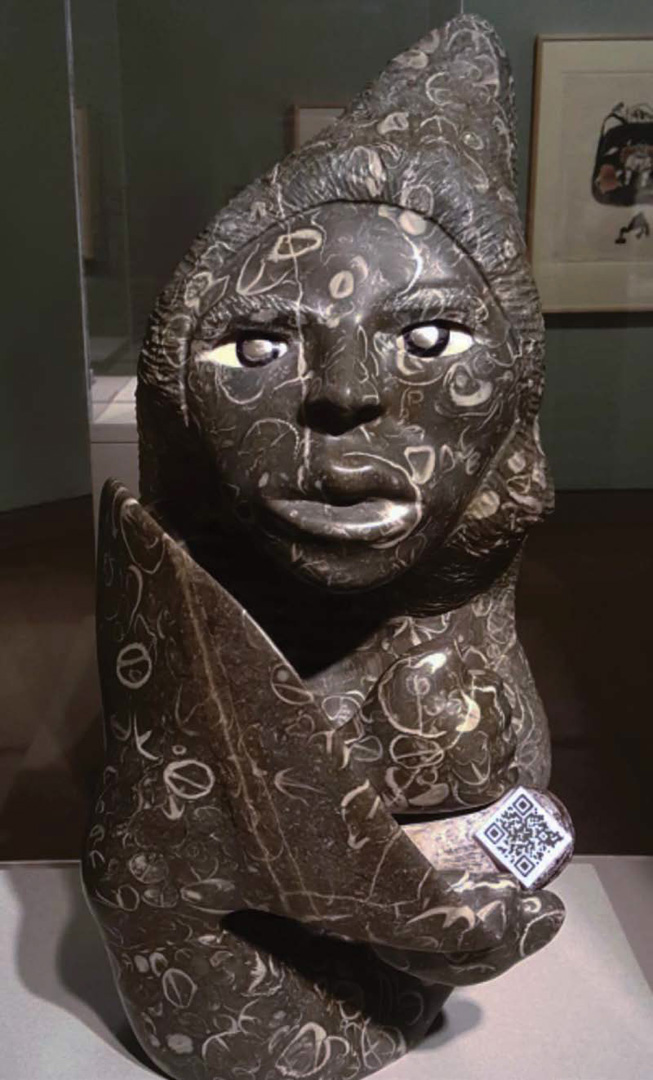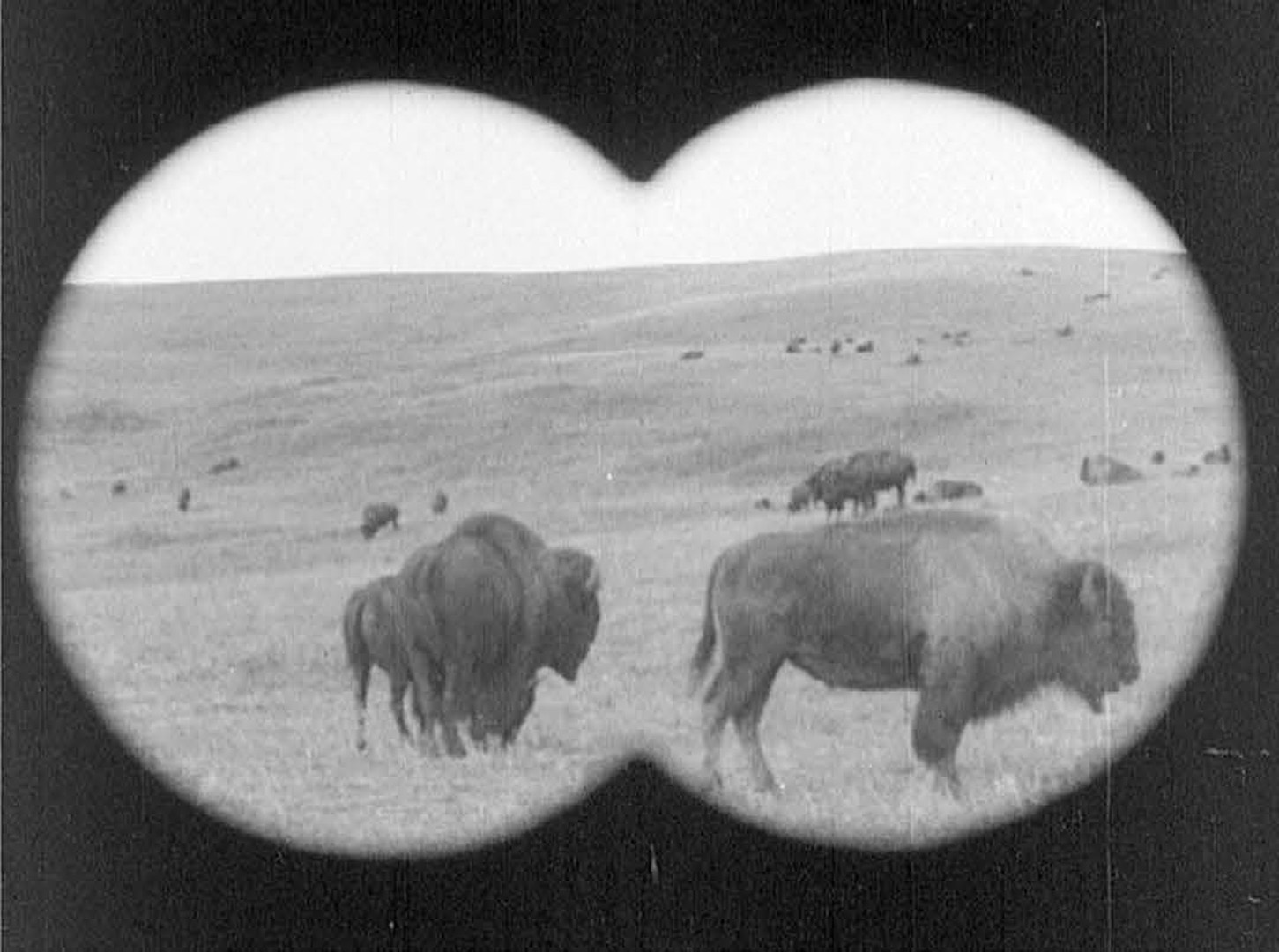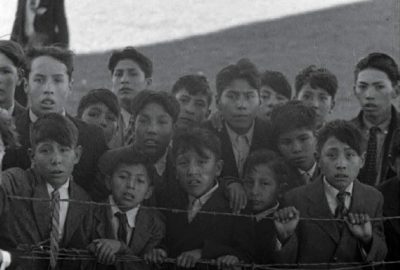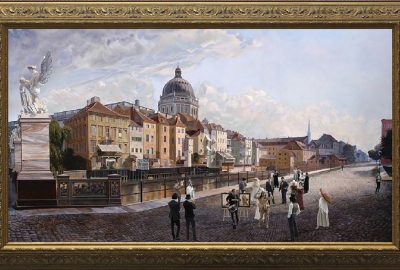“Here and Now: Indigenous Canadian Perspectives and New Media in Works by Ruben Komangapik, Kent Monkman and Adrian Duke” by Myburgh
Conference:
Type(s):
Title:
- Here and Now: Indigenous Canadian Perspectives and New Media in Works by Ruben Komangapik, Kent Monkman and Adrian Duke
Presenter(s)/Author(s):
Abstract:
Examining the use of new media in works by Ruben Komangapik, Kent Monkman and the Wikiup Indigenous Knowledge Network reveals the diverse ways in which technologies are used to disrupt linear time and Western visions of history. New media works challenge those misleading stories that have been told about Canada’s indigenous peoples and assert indigenous presence in both the digital and physical landscape. These artists employ QR codes, video and augmented reality to push artistic boundaries and create representations of the past and present.
References:
Candice Hopkins, “Making ings Our Own: e Indigenous Aesthetic in Digital Storytelling,” Leonardo 39, No. 4, 342 (2006).
Steven Loft and Kerry Swanson, ed., Coded Territories (Calgary: Univ. of Calgary Press, 2014) p. 177.
Judith Leggatt, “Material Connections in Skawennati’s Digital Worlds,” Canadian Literature No. 231, 216 (2016).
Kristin Dowell, Sovereign Screens: Aboriginal Media on the Canadian West Coast (Lincoln: Univ. of Nebraska Press,2013) p. 70.
Dowell [4] p. 19.
Sisters and Brothers can be viewed at: <www.nfb.ca/ lm/sisters_brothers/>.
Heather Igloriorte, “Inuit Artistic Expression as Cultural Resilience,” Inuit Art Quarterly 25, No. 1, 6 (2010).
Julie Nagam and Kerry Swanson, “Decolonial Interventions in Performance and New Media Art: In Conversationwith Cheryl L’Hirondelle and Kent Monkman,” Canadian eatre Review 159, No. 159, 36 (2014).
Leggatt [3] p. 58.
Wikiup can be accessed via: <www.wikiup.org>.
Horea Avram, “Self-Re exivity as Self-Documentation: Some oughts on Augmented Reality and RelationalArchitecture,” in Documentation and Conservation of Media Arts Heritage (2006) p. 8.
Important precedents for the work discussed include various AR history applications and artworks such asJohn Craig Freeman’s Border Memorial, which allow viewers to activate invisible layers of landscapes in real time and encounter avatars at their viewing location: <https://bordermemorial.wordpress.com/border-memorial -frontera-de-los-muertos/>.
Carleigh Baker, “New Media Review: A Tradition of Evolution: e Vancouver Indigenous Media Arts Festival,”BC Studies No. 195, 153 (2017).
For a discussion of the risks and bene ts involved in employing augmented reality to interpret history and cultural information see also: Shanlon Gilbert, “Explode the Museum: Echoes of the Explosion and the ‘Wild West’ of Interpretation,” iJournal 2, No. 3, 8 (2017).
Additional Images:
- 2018 Art Papers: Myburgh_Here and Now: Indigenous Canadian Perspectives and New Media in Works by Ruben Komangapik, Kent Monkman and Adrian Duke
- 2018 Art Papers: Myburgh_Here and Now: Indigenous Canadian Perspectives and New Media in Works by Ruben Komangapik, Kent Monkman and Adrian Duke
- 2018 Art Papers: Myburgh_Here and Now: Indigenous Canadian Perspectives and New Media in Works by Ruben Komangapik, Kent Monkman and Adrian Duke
- 2018 Art Papers: Myburgh_Here and Now: Indigenous Canadian Perspectives and New Media in Works by Ruben Komangapik, Kent Monkman and Adrian Duke










